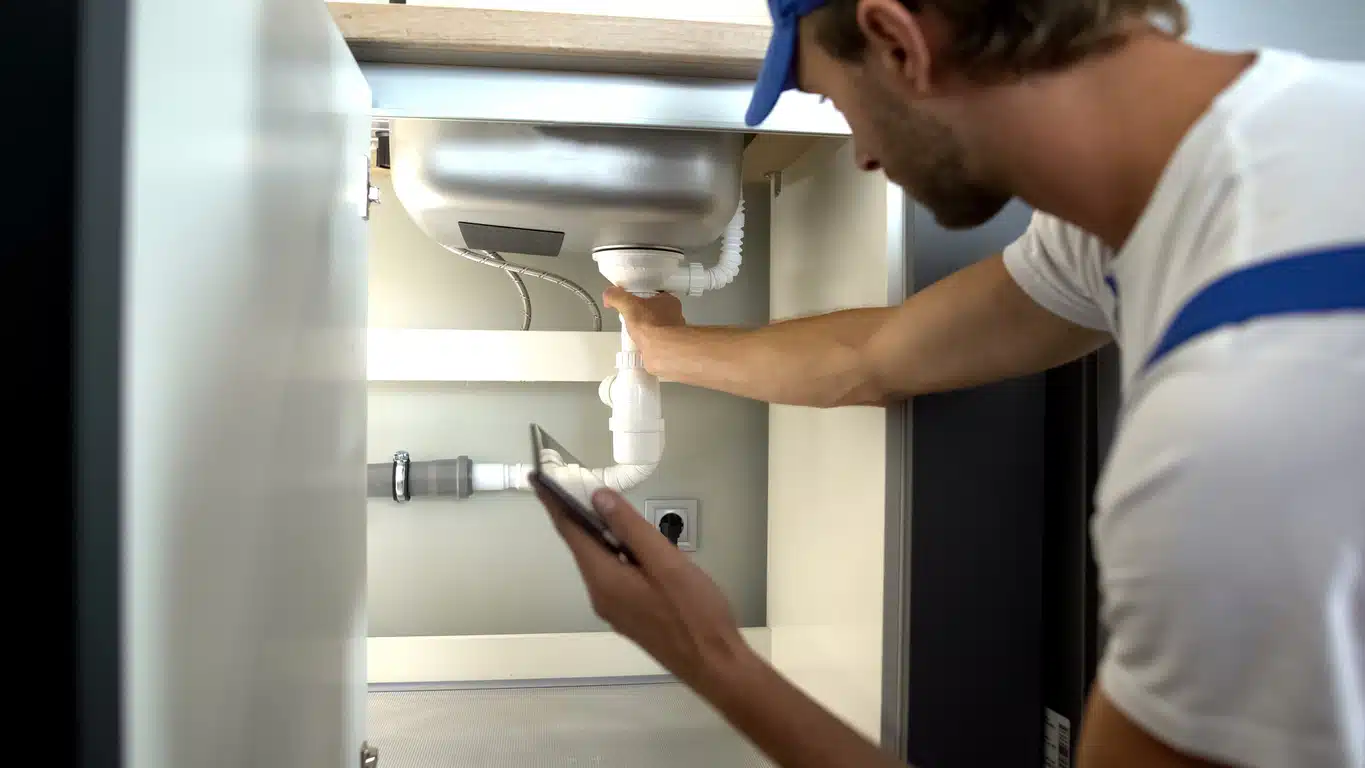Water is essential for our daily lives, and ensuring its quality is crucial for maintaining good health. While municipalities generally monitor water quality, conducting your tests is wise to have peace of mind. Fortunately, you can quickly assess your water quality at home using simple do-it-yourself (DIY) methods. In this article, we will explore a range of DIY water testing techniques that will help you detect potential contaminants and ensure the safety of your drinking water. By understanding these methods, you can proactively safeguard your family’s health.
1. Visual Inspection:
The first step in testing is a visual inspection. Examine your water for any signs of impurities, such as cloudiness, discoloration, or floating particles. If you notice any of these issues, it may indicate the presence of contaminants and require further testing.
2. Odor Evaluation:
Another simple method is to evaluate the odor of your water. A strong, unpleasant smell may indicate the presence of contaminants such as sulfur or bacteria. Take note of any unusual or foul odors and proceed with appropriate testing methods.
3. pH Testing:
Testing the pH level of your water is essential as it measures the acidity or alkalinity. You can purchase pH test strips or kits from a local hardware store or online. Follow the instructions provided to obtain an accurate reading. Generally, a pH level between 6.5 and 8.5 is considered safe for drinking water.
4. Chlorine Testing:
Chlorine is commonly used to disinfect water supplies. While it is essential for killing harmful bacteria, an excessive amount can affect the taste and smell of water. You can use chlorine testing kits to measure the chlorine level in your water and ensure it falls within the recommended range.
5. Bacterial Testing:
Bacteria, such as E. coli, can cause severe illnesses if present in your water. Bacterial testing kits are available for home use and provide quick results. Follow the instructions carefully to collect a water sample and conduct the test. If bacteria are detected, contact your local health department for further guidance.
6. Lead Testing:
Lead is a toxic metal that can leach into water from plumbing fixtures and pipes. Testing for lead is crucial, especially in older homes. You can purchase lead testing kits with color-changing strips to detect their presence. Collect a water sample according to the instructions and wait for the color change. If lead is detected, consult a professional to address the issue.
Assessing your water quality at home doesn’t have to be a complex process. By utilizing simple DIY testing methods, you can gain valuable insights into potential contaminants and take appropriate actions to ensure the safety of your drinking water. Regularly inspect and test your water to identify any changes or issues. Additionally, be aware of local water advisories or concerns about water quality. By being proactive in monitoring your water quality, you can protect your family’s health and well-being.
If you want to hire the best plumbing service for water testing, contact Quick Relief Plumbing at (913) 207-0779. Our team of expert plumbers will deliver an unparalleled service.







